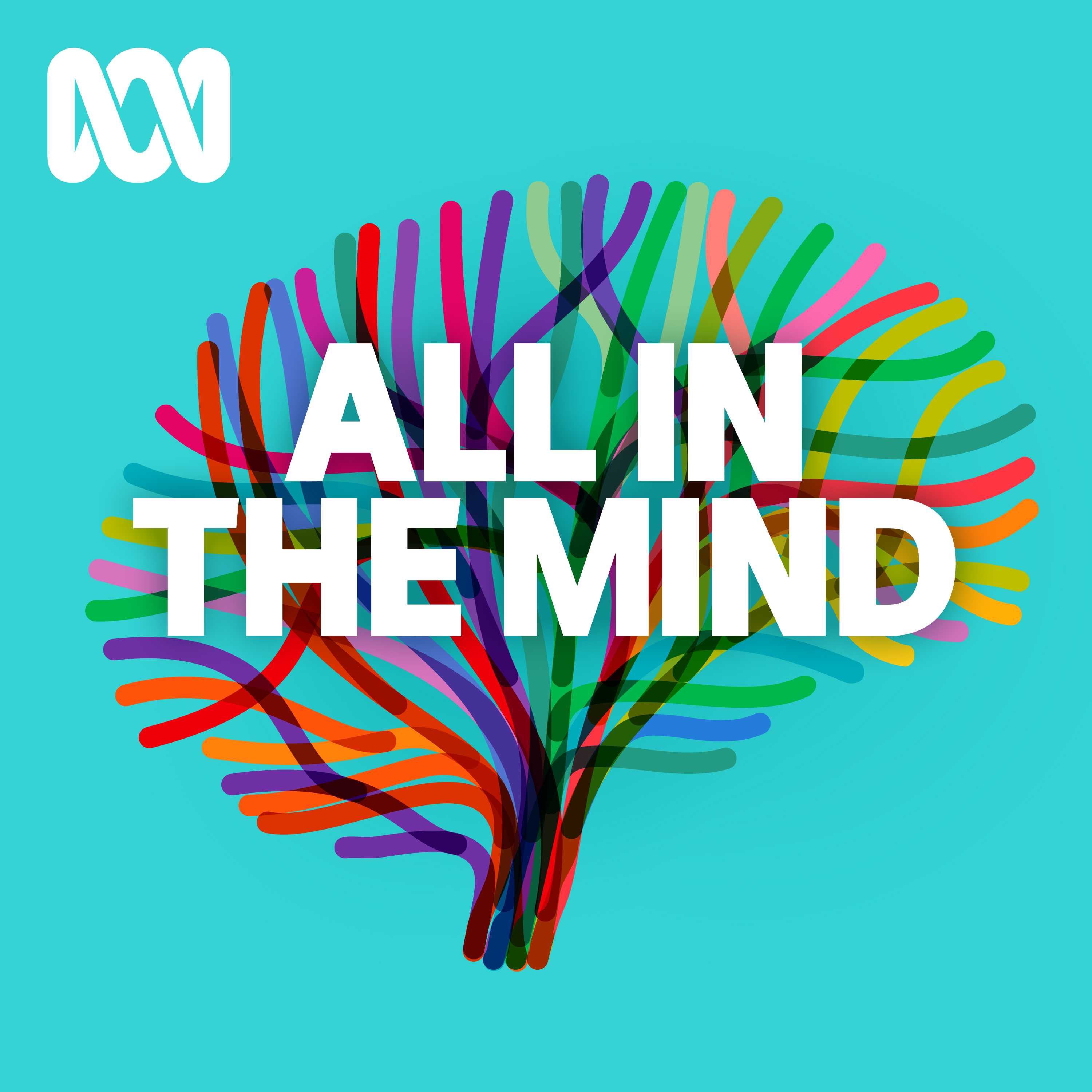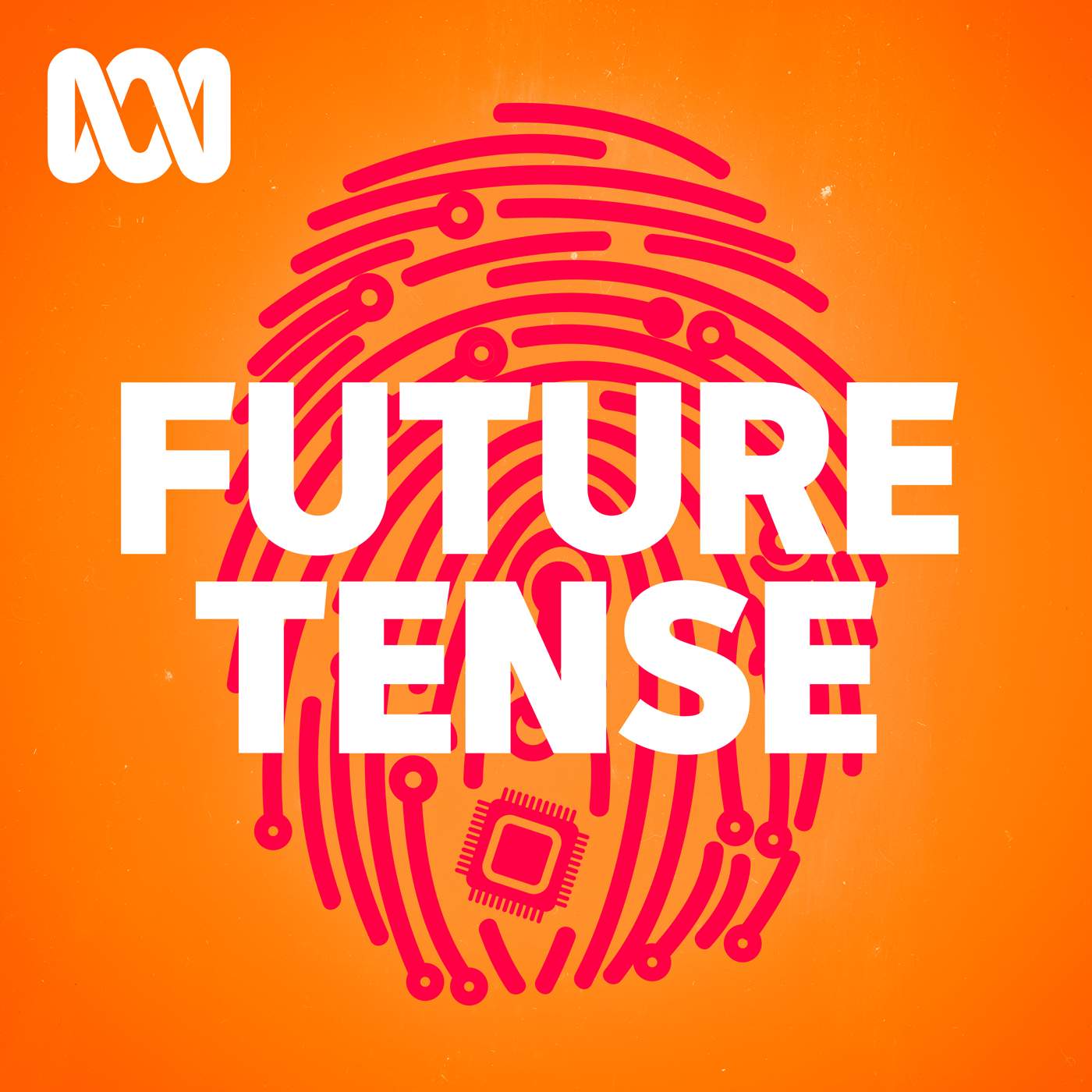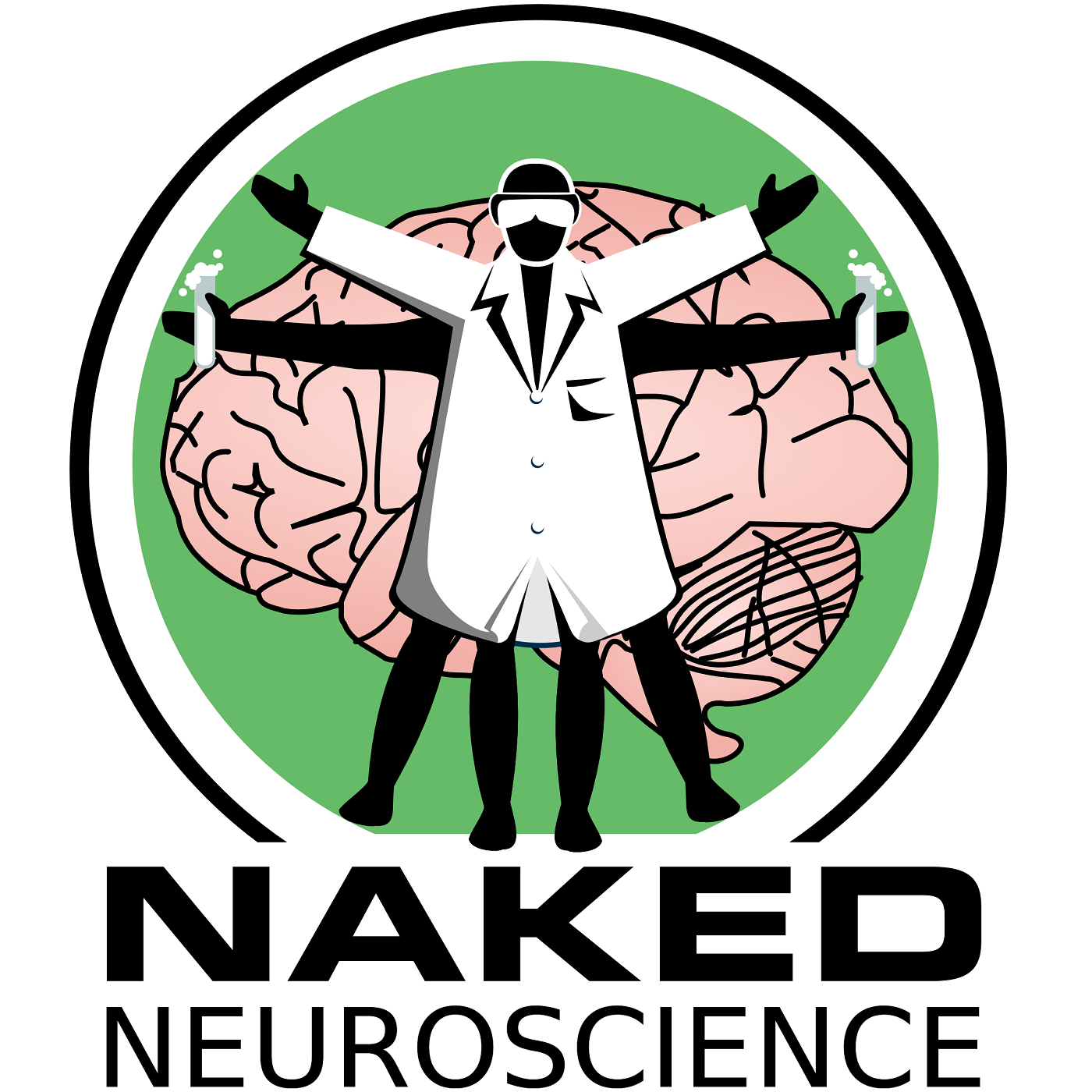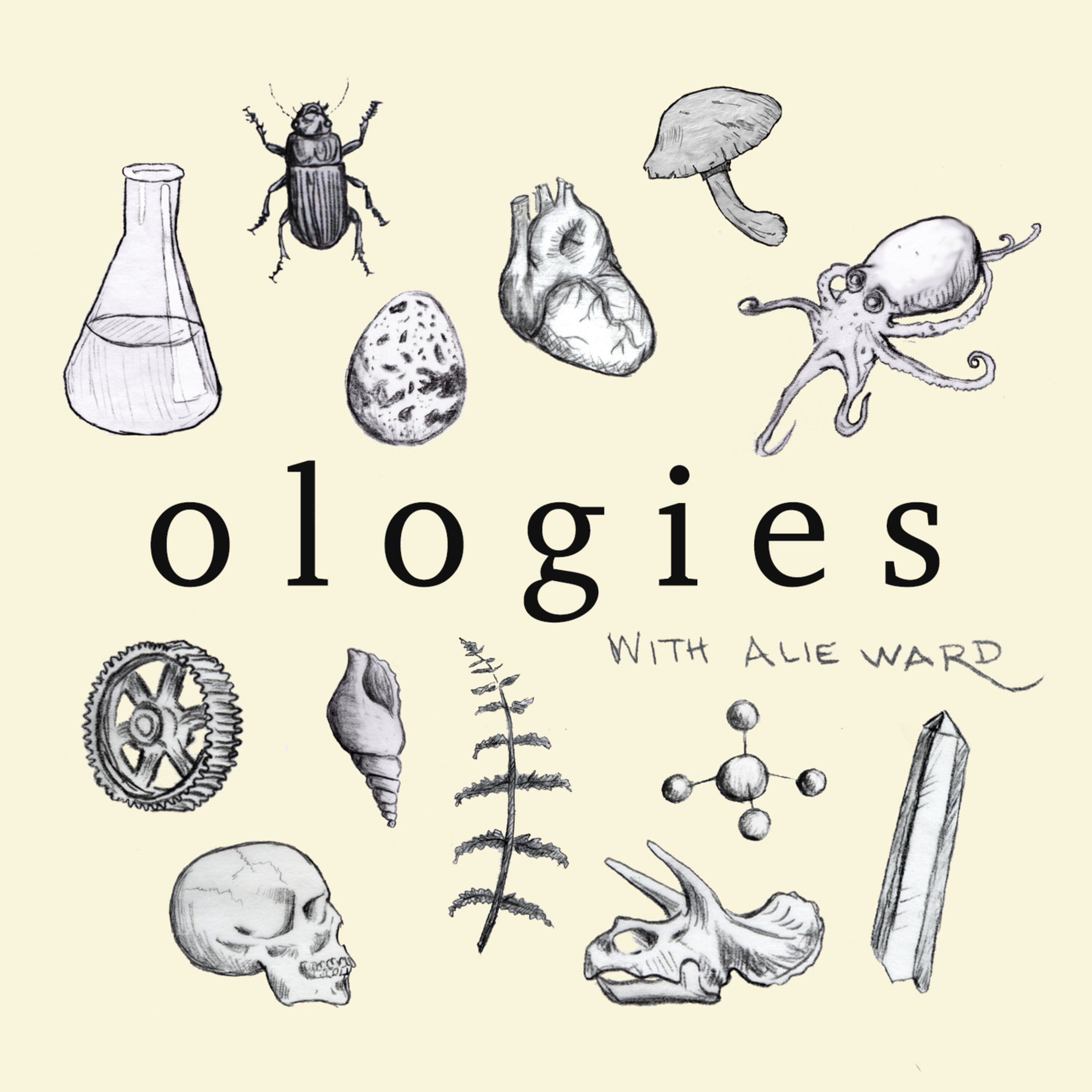
Heliox: Where Evidence Meets Empathy 🇨🇦
Join our hosts as they break down complex data into understandable insights, providing you with the knowledge to navigate our rapidly changing world. Tune in for a thoughtful, evidence-based discussion that bridges expert analysis with real-world implications, an SCZoomers Podcast
Independent, moderated, timely, deep, gentle, clinical, global, and community conversations about things that matter. Breathe Easy, we go deep and lightly surface the big ideas.
Curated, independent, moderated, timely, deep, gentle, evidenced-based, clinical & community information regarding COVID-19. Since 2017, it has focused on Covid since Feb 2020, with Multiple Stores per day, hence a sizeable searchable base of stories to date. More than 4000 stories on COVID-19 alone. Hundreds of stories on Climate Change.
Zoomers of the Sunshine Coast is a news organization with the advantages of deeply rooted connections within our local community, combined with a provincial, national and global following and exposure. In written form, audio, and video, we provide evidence-based and referenced stories interspersed with curated commentary, satire and humour. We reference where our stories come from and who wrote, published, and even inspired them. Using a social media platform means we have a much higher degree of interaction with our readers than conventional media and provides a significant amplification effect, positively. We expect the same courtesy of other media referencing our stories.
Heliox: Where Evidence Meets Empathy 🇨🇦
The Brain's Sustain Pedal: How We Make Feelings
The study suggests that when this timing goes wrong, it might underlie some of our most challenging mental health conditions. Too fast, and you might experience the disconnection and loss of control reported in schizophrenia. Too slow or too persistent, and you could be looking at the intrusive thoughts of OCD, the emotional dysregulation of PTSD, or the rumination patterns of depression.
The implications extend beyond mental health into basic cognitive function. If your brain's activity patterns are hyper-stabilized—stuck in loops that won't fade—you might struggle to process rapid speech or complex social cues, challenges sometimes seen in autism spectrum disorders. The tempo of the brain, it seems, is fundamental to everything ... continue reading the article
This is Heliox: Where Evidence Meets Empathy
Independent, moderated, timely, deep, gentle, clinical, global, and community conversations about things that matter. Breathe Easy, we go deep and lightly surface the big ideas.
Thanks for listening today!
Four recurring narratives underlie every episode: boundary dissolution, adaptive complexity, embodied knowledge, and quantum-like uncertainty. These aren’t just philosophical musings but frameworks for understanding our modern world.
We hope you continue exploring our other podcasts, responding to the content, and checking out our related articles on the Heliox Podcast on Substack.
About SCZoomers:
https://www.facebook.com/groups/1632045180447285
https://x.com/SCZoomers
https://mstdn.ca/@SCZoomers
https://bsky.app/profile/safety.bsky.app
Spoken word, short and sweet, with rhythm and a catchy beat.
http://tinyurl.com/stonefolksongs
Curated, independent, moderated, timely, deep, gentle, evidenced-based, clinical & community information regarding COVID-19. Since 2017, it has focused on Covid since Feb 2020, with Multiple Stores per day, hence a large searchable base of stories to date. More than 4000 stories on COVID-19 alone. Hundreds of stories on Climate Change.
Zoomers of the Sunshine Coast is a news organization with the advantages of deeply rooted connections within our local community, combined with a provincial, national and global following and exposure. In written form, audio, and video, we provide evidence-based and referenced stories interspersed with curated commentary, satire and humour. We reference where our stories come from and who wrote, published, and even inspired them. Using a social media platform means we have a much higher degree of interaction with our readers than conventional media and provides a significant amplification effect, positively. We expect the same courtesy of other media referencing our stories.
This is Heliox, where evidence meets empathy. Independent, moderated, timely, deep, gentle, clinical, global, and community conversations about things that matter. Breathe easy. We go deep and lightly surface the big ideas. Okay, let's unpack this. Welcome to the deep dive. You know, emotions are just so fundamental, aren't they? They guide our decisions, shape how we act. They're woven into, well, everything. Absolutely. But the thing is, even though they're so central, we still don't really fully grasp what's happening in the brain underneath it all. Especially when things go a bit awry. Yeah. You know, in neuropsychiatric disorders, where emotions or thinking patterns are significantly challenged. Right. And that mystery is exactly what this really fascinating new study digs into. It just came out May 29th in Science from Stanford Medicine, Carl Diceroth's group. And the big takeaway, like right up front, they've actually managed to map brain-wide activity underlying emotional responses to just a simple, mildly unpleasant trigger. And what's really cool is they found key features of this processing are conserved, shared between us and mice, despite, you know, millions of years of evolution separating us. Wow, conserved. So finding those shared principles is like a powerful way to figure out what's truly essential, right? Exactly. If it's stuck around for that long, it's probably important. So our mission here is to explore how they found these patterns, what the experiments actually look like in humans and mice, and, you know, what this might mean for finally cracking the code of emotion. And maybe even for treating those disorders where emotions are dysregulated. Potentially, yes. That's the hope. Okay, so let's start with the basic puzzle. Why is it so hard? Why has understanding the brain basis of emotion been such a challenge? Well, the brain itself is obviously incredibly complex, but one specific hurdle with emotion is figuring out how something really brief, like a quick flash or a sound gone in an instant, can turn into a lasting emotional state. Right. That jump from a millisecond thing to a feeling that might hang around for hours. That transition, yeah. And evolution adds another layer. Mammals, we've made this huge bet on big brains. A mouse has, what, 100 million neurons? And we're up near 90 billion. That's a massive difference in scale. A thousandfold, yeah. And that bigger brain gives us amazing abilities, richer mental life, but it creates engineering problems. Signals have to travel further, integrate across distant areas. So to make good decisions, The brain has to pull together all this info senses, goals, where you are, how you feel physically. All in real time. It needs to coalesce. And maybe emotions are the brain's way of creating these integrated states, states that pull all that data together to guide behavior over time. And doing that integration might need like a specific window of time where different brain parts are talking consistently. That's the hypothesis they're really digging into, that maybe there's this period of persistent communication needed And tuning the time scale of that communication, how long it lasts, could be just fundamental. Like a piano sustain pedal, letting the notes blend. That's a great analogy, actually. The idea is if that sustain is too short, or maybe if it rings on for way too long, that could be part of what underlies some of these neuropsychiatric conditions. Okay, so we're looking for these emotion-related patterns. But the brain's so noisy, especially the human brain. How do you find the important signals in all that activity? Yeah, that's the challenge. And that's where this evolutionary angle is so clever. They looked for patterns, dynamical principles that are conserved, but have stuck around for like 70 million years. Since humans and mice shared an ancestor. That's the estimate, yeah. So if a pattern has been maintained across that huge evolutionary gap, it's a really strong sign it's doing something fundamentally important for survival. So finding the overlap, what's common between the tiny mouse brain and our huge one, helps cut through the noise. get to the core principles. Precisely. It's a powerful way to get down to the bedrock, you might say. All right. So they needed a way to trigger an emotional response they could study. Something safe, repeatable, mildly unpleasant. What did they use? They landed on something probably familiar to many of us, a quick puff of air to the eye. Ah, like at the eye doctor's office. Yeah. Yeah. Definitely unpleasant for a second. Exactly. Aversive, but safe. And the key thing for research is the precision. You can control the timing, the duration, the intensity perfectly. That's critical for mapping brain responses millisecond by millisecond. It makes sense. Total control. Yeah. But how do they measure brain activity in humans? That's not trivial. No, it's not. This came from a unique clinical opportunity. They worked with patients at Stanford Hospital who already had electrodes implanted deep in their brains. Okay, why did they have those? For clinical reasons to monitor for seizures, to pinpoint where they start so doctors can plan treatment, it's a necessary procedure for some patients. Got it. And these patients volunteered for the research while they were already undergoing this monitoring. That's right. A serendipitous chance to get incredibly detailed human brain recordings during the study's task. Okay. So they had humans with detailed brain data, and they ran parallel tests in mice using the same eye puff. How do they measure the actual response, the behavior, not just the brain signals? They measured behavior very carefully. So right after the puff, there's that immediate reflexive blink. That's just a startle. Both humans and mice do that. Okay, the basic flinch. Yeah, but they also measured additional eye closing or squinting that happens after that initial blink. This kind of sustained squinting is a natural protective thing you do when something unpleasant and unpredictable happens. And it lasts longer than the reflex, more like an emotional reaction. Exactly. It gives insight into those behaviors that outlast the simple reflex potentially linked to the feeling itself. And you can measure it precisely. So air puffs, brain recordings, measuring the blink and the squint in both species. What did the brain activity show? This is where it got really interesting. They found this very distinctive two-phase pattern in brain activity right after the puff. Two phases. And they saw it clearly in both the humans and the mice. Phase one was this strong, super short burst of activity, like 200 milliseconds. It seemed to broadcast the news of the puff really widely across the brain. The immediate alert. Something happened. Pretty much. Then came phase two. And this was different. It was separate and it lasted much longer, maybe 700 milliseconds or so. Okay, much longer. And crucially, it wasn't just everywhere. It was more focused in specific circuits we already know are linked to emotion. Ah. The key thing here seems to be this extended window of time for communication. That's what the researchers think is related to actually processing the unpleasantness, setting up the emotional state. So phase one is the quick, what was that? Phase two is more like the brain taking a moment to process the, ouch, didn't like that part. That seems to be the gist based on what they found. And they did something else with the mice they gave them, rapid repeated puffs. Okay, what happened then? What happened was that this second phase brain activity started to accumulate. It built up. And this buildup correlated with the mice entering a more generalized negative state. They became less interested in seeking rewards, for instance. Which is a classic sign of a negative emotional state, right? The persistence and generalization. Exactly. It's not just tied to the puff anymore. It affects other behaviors. Classic hallmarks of emotion. Wow. That's a really strong link. Accumulating phase two activity seems tied to a lasting negative feeling. But how could they test if it was causing the feeling, not just happening alongside it? Right. The correlation versus causation question. They used a clever tool, ketamine. Ketamine, the anesthetic, or... Well, yes, at high doses. But at lower doses, it's actually FDA approved as an antidepressant. And it's known for causing dissociation. Dissociation, meaning... People are still aware of things happening, sensory input comes in, But their usual emotional reaction to it is blunted or missing entirely. They feel detached from the experience. Okay. So if that persistent phase two is the brain's emotional sustained pedal, maybe ketamine messes with that pedal. That was precisely the hypothesis. Does ketamine alter that persistence? So they gave a single low dose of ketamine suitable for both species to the human volunteers with full consent, of course, and to the mice. And then repeated the iPus. Yep. Measured the behavior, measured the brain activity, just like before, but now under the influence of ketamine. And what did the humans say? How did the puffs feel then? Their descriptions were really striking. They said the annoyance was massively reduced. One person apparently described it as almost entertaining. Another said it felt like little whispers on my eyeballs. Wow, little whispers. That's a totally different experience. Completely different emotional flavor, and their behavior matched. How so? No squinting. Exactly. They didn't show that protective, prolonged squinting between the puffs. Their eyes stayed open. But, and this is key, they still had the immediate, sharp, reflexive blink right after each puff. So the automatic reflex intact, the later, maybe more emotional, protective behavior gone. Precisely. And the mice. Let me guess, same pattern. You got it. Same selective effect. Reflex blink was still there, robustly. But the prolonged eye closure, the squinting behavior, was blocked by the ketamine. That's really compelling. Okay, now the crucial part. The brain activity. Did ketamine change that two-phase pattern? This is where it all clicks together. Ketamine did nothing to that initial fast phase one activity. The broadcast signal was unchanged. But when they looked at that slower, longer-lasting second phase, ketamine dramatically sped up its decay. So it did release the sustain pedal. It cut that second phase short. In both humans and mice, yes. It effectively sharpened the brain's response, truncating that window of persistent activity associated with the puff. Which strongly suggests that the persistence, the duration of that second phase, is directly tied to the emotional experience itself. That's the major conclusion. They also did some other checks. They measured something called the brain's intrinsic time scale. You can sort of think of it as how long activity patterns tend to hang around, how correlated they stay over time. Ketamine accelerated that too, even without any eye puffs. Things just faded faster in the brain generally. And this effect wore off as the ketamine did. It also reduced synchrony how much different brain areas were firing together. So faster decay, less synchrony. Ketamine basically made the brain's activity patterns more transient, less stable. Exactly. And the idea is that this might be how dissociation works. Maybe it makes that stabilizing phase of integrated activity so brief, so ephemeral, that the brain just can't properly integrate information across different regions to build up a stable, lasting emotional state. That makes a lot of sense. Wow. Okay, this feels really significant for understanding emotion. Yeah. What about the implications for neuropsychiatric disorders? Well, the researchers propose that these timing properties, how fast that second phase decays, how much it builds up might be fundamental. If these timings are off too fast or too slow, maybe that's a core mechanism in some disorders. It offers a new way to think about them, maybe even measure them. Potentially, yeah. Like imagine a scenario where that second phase decays way too quickly, even faster than under ketamine. Okay, what might that lead to? It could prevent proper integration of information from across the brain. The paper mentions this might relate to feelings of lacking control over one's own thoughts or actions, something sometimes reported in conditions like schizophrenia. Information isn't binding together properly, perhaps. And the opposite. If that second phase lasts too long or builds up excessively. That could lead to what they call hyper-stabilized brain states. Activity patterns get stuck. Right. And that could manifest as those persistent, intrusive thoughts you see in OCD or timely, overly intense emotions in PTSD or depression, maybe even some eating disorders. Things just don't fade away like they should. And where this timing issue occurs in the brain might explain the different symptoms. That's the idea. Different circuits being affected could lead to different disorders. It's not just that the timing is off, but where it's off might matter a lot. So it really hammers home that the precise timing and persistence of brain activity seem absolutely crucial. Critically important. And they even speculate beyond emotion. Could this signal persistence affect just basic information processing speed? How so? Well, if activity patterns are hyper-stabilized, if they linger too long, could that make it harder to keep up with fast-paced input? Like understanding rapid speech or processing complex social cues challenges sometimes reported in, say, autism spectrum disorder. That really does open up a whole new perspective, doesn't it? Thinking about the tempo of the brain being fundamental. Yeah. As one of the researchers involved said, it's pretty amazing what you can uncover with an unbiased look at brain activity across vast stretches of evolution, especially when you have the right tools to measure it. So just to wrap up the core finding of this deep dive, a brief trigger like that air puff can lead to a lasting feeling because of a specific, persistent, carefully timed pattern of brain activity. A pattern shared between mice and humans pointing to something really fundamental. And messing with that timing like ketamine does by speeding up the decay of that second phase directly changes the emotional experience. It provides that crucial link. Right. And the significance is that digging into these conserved dynamics gives us genuinely new clues about how we feel fundamentally. And yeah, it could really open doors for understanding, maybe eventually treating some really challenging neuropsychiatric conditions. Which leaves us with a pretty potent thought to chew on, doesn't it? If this timing, the sustained integration of brain signals is so critical for healthy emotions, maybe even for basic processing speed. Yeah. What does that say about the importance of things that might, you know, influence our brain rhythms or connectivity? Things we often take for granted, like getting enough good sleep or practices like mindfulness. Or even just giving ourselves enough time, enough space to actually process complex stuff without constant rapid fire input. Exactly. It really makes you think about the basic operational needs of our brains and how crucial that underlying timing might be for everything else. Thanks for listening today. Four recurring narratives underlie every episode. Boundary dissolution, adaptive complexity, embodied knowledge, and quantum-like uncertainty. These aren't just philosophical musings, but frameworks for understanding our modern world. We hope you continue exploring our other podcasts, responding to the content, and checking out our related articles at heliocspodcast.substack.com.



















